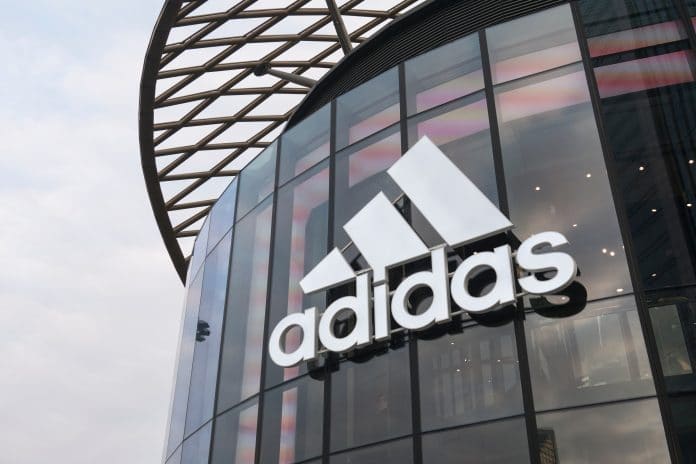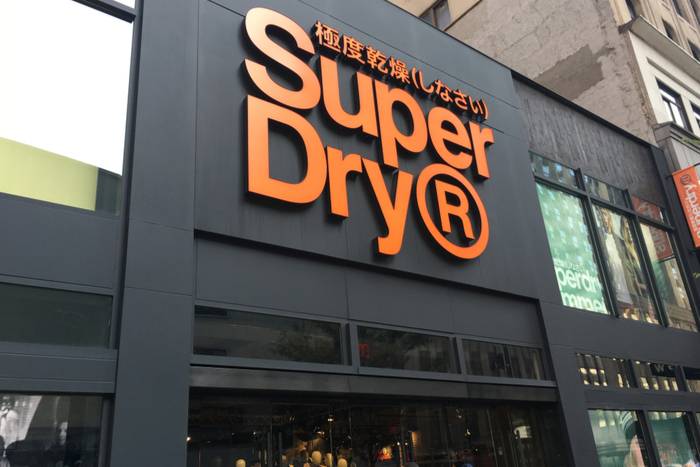Dr Martens heralded the success of its ‘DTC-first’ strategy last week as it unveiled record sales and surging profits.
Direct-to-consumer (DTC) sales now account for almost half (49%) of Dr Martens’ sales and that’s only going to grow.
Chief operating officer Geert Peeters is the man helping steer this growth and he believes DTC is the way forward for the brand.
“They say first impressions count. That’s as true for products as it is for people, which is why we decided to focus on a DTC strategy,” he explains.
The retailer took that decision to increase investment in its digital marketing more than two years ago to give customers “more direct contact with our brand, our ethos and our thinking even when they weren’t in a physical store,” explains Peeters.
“Now we’re absolutely sold on the benefits of dealing directly with our customers and having that freedom over the presentation, process and relationship,” he says.
“Selling our products direct to consumers via our own stores and website ensures they are showcased in the best possible light – and it’s the most profitable route to market. So it’s definitely core – and it’s still growing.”
Last quarter DTC sales made up just under two-thirds of Dr Martens’ total sales, up from a third the previous year, which would suggest it will soon account for the majority of the footwear brand’s sales.
The power of the Dr Martens brand
Belgian Peeters has been chief operating officer at Dr Martens since 2018 and says the potential for DTC growth was part of the reason he joined the footwear retailer.
For Peeters may be an operations boss, but he is also incredibly passionate about the product Dr Martens sell and the power of its brand. In fact, he says he gets goosebumps whenever he sees a customer buying a pair of its boots.
There must be pimples aplenty at the moment as the appeal of the iconic footwear brand, which has managed to maintain its popularity for decades, has reached a zenith. Dr Martens now appears the teenage girl’s uniform of choice right now.

Peeters believe the strength of the Dr Martens brand makes direct the perfect way to shop for customers as buying its products are an emotive experience.
“Dr Martens stands for much more than just boots – we don’t think it’s too far to say there’s an ‘experience’ in buying Docs, whether it’s your first pair or your tenth,” he says.
“Our website can tell you all about the music icons that first wore the [Dr Martens iconic boot] 1460s decades ago, and the new up-and-coming acts we support today. And our stores are important touch points. They allow our customers to experience the full product range, to feel the products, and to interact with our people.”
The focus on DTC, particularly its online offer, helped the retailer navigate the challenges of Covid. The retailer was, of course, hard hit by store closures, however, its website saw strong growth, and Peeters says it has continued to thrive post-pandemic.
“Our direct-to-customer approach proved the right strategy – even with shops fully open again, ecommerce sales last quarter were much higher than in 2019 – not far off double,” he says.
Geert Peeters is one of the top industry judges of the first-ever Retail Gazette awards, The Game Changers, which recognise the innovators in retailers.
Find out how you can enter here.
Navigating the supply chain crisis
As chief operating officer Peeters has certainly had his fair share of challenges over the past two years. Just as demand picked up with consumers, Dr Martens – like all retailers – was faced with a global shortage of supply.
“In operational terms, 2020 was the year of the demand-side challenges as stores closed and the world adjusted to lockdowns.
“By contrast, 2021 saw more logistical, supply-side hurdles – for instance, our factories in South Vietnam were closed for three months,” he says.
Matters were exacerbated by global shipping delays and uncertainty around processing times in ports, particulary in the US, according to Peeters.
So, how did Peeters ensure it’s many fans could get their hands on a pair of trusty 1460s?
Shifting from a ‘just in time’ to ‘just in case’ mindset and planning for volatility has been key to keeping it well stocked, he says.
“In the past, supply chains were often about just trying to get the goods right in time but not too early. The past few years has taught us to consider as many ‘what if’ scenarios as we can, and build resilience into our planning.
“We’re glad to have made the choice to enter the year with higher inventory levels – both of which really helped operational resilience.”

Peeters says over the past few years the need for the business to further diversify its supply chain has been put sharply into focus.
Dr Martens now makes its 1460 boots in at least eight to nine factories around the world, so that if one factory has an issue with supply, the others can still continue supplying.
“We are looking for new suppliers in new countries so that we can further spread our business.”
However, Dr Martens remains committed to working with its long-term suppliers. “We don’t swap suppliers from one day to another,” Peeters emphasises. “People often talk about partnership, but it’s only when it gets tested that you really see the true values.”
Peeters also wants to ensure that Dr Martens has a vast spread of warehouses to limit any risks to the business. The company currently has 11 warehouses globally and moves goods to the distribution centres that were running low on goods, however, Peeters wants to set up more.
“Ultimately, we want to achieve a ‘glass pipeline’, where the supply chain is totally transparent and we have good visibility at every stage – we’re using advanced levels of data to work towards this, aiming to become even more agile and responsive as a global business.
“It’s not an easy task but with strong relationships with fantastic suppliers, it’s a very tangible possibility.”
This will help Dr Martens make sure it can capitalise on the strong demand for its products.
The retailer has certainly put its best foot forward and its DTC business looks set to march forward, whatever the terrain.
Click here to sign up to Retail Gazette‘s free daily email newsletter



















